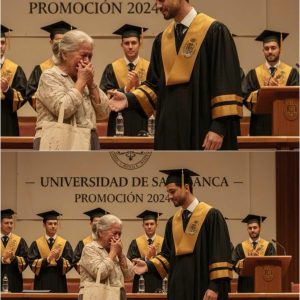
Anaheim, California — July 15, 1985.
It was a blazing summer day. Families flooded Disneyland to celebrate the park’s 30th anniversary. Among them were six-year-old twins Emma and Ethan Carter from Oregon, visiting with their parents.
At 11:42 a.m., the twins let go of their mother’s hands to run toward the It’s a Small World attraction.
At 11:47 a.m., they were gone.
Security shut down the entire section within minutes. Helicopters swept the skies over Anaheim, but there was no trace.
No witnesses. No screams. No camera footage. The only clue: a single child’s shoe found near a maintenance tunnel—an area closed to visitors during park hours.
The case became one of Disneyland’s darkest unsolved mysteries.
After three fruitless years, the file was closed. The Carters moved away, carrying a grief that never healed.
28 Years Later — 2013
A team of engineers was sent to inspect the aging tunnels beneath It’s a Small World, following reports of mold and structural decay. During a sonar scan, they detected a hollow cavity not shown on any original blueprints.
When they broke through the wall, they uncovered a small concrete room — windowless, doorless, perfectly sealed. Inside were a few dusty wooden chairs, old toy boxes from the 1980s, and crayon drawings on the walls.
When one engineer shone his flashlight across the far wall, he froze.
Scrawled in a child’s handwriting were the words:
“We can hear the music even when it stops.”
In the corner of the room lay two small skeletons, still dressed in faded Mickey Mouse shirts.
The Secret Investigation
Police and FBI units were called in, but Disneyland immediately sealed off the area, citing “structural safety concerns.”
However, a retired maintenance worker, Mark Delaney, later spoke to an independent journalist. He claimed that in the 1970s, Disney had built an experimental underground chamber to test emotional responses of children to sound and light stimuli — a project internally known as “Project Lullaby.”
According to Delaney, the project was abandoned in 1979, all documents destroyed, and employees sworn to silence.
No one knew why the chamber had been sealed — until a surviving memo surfaced from the project’s lead engineer:





